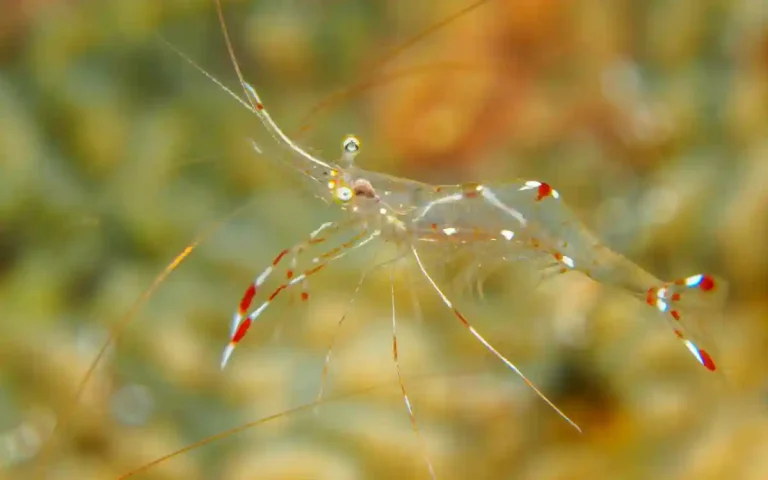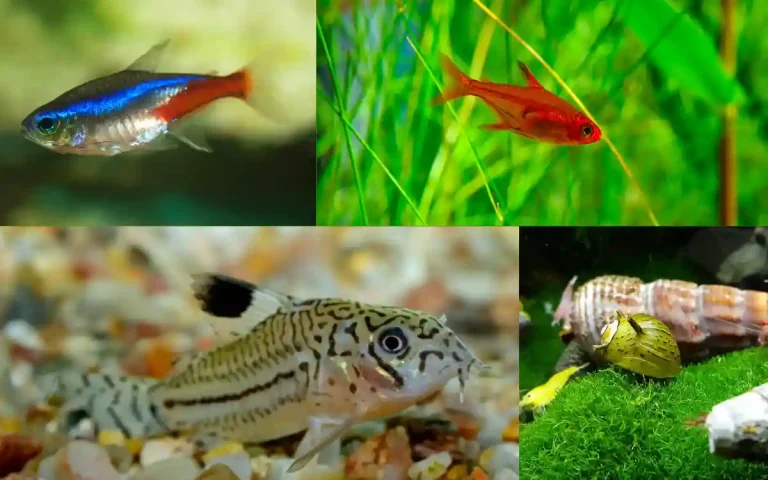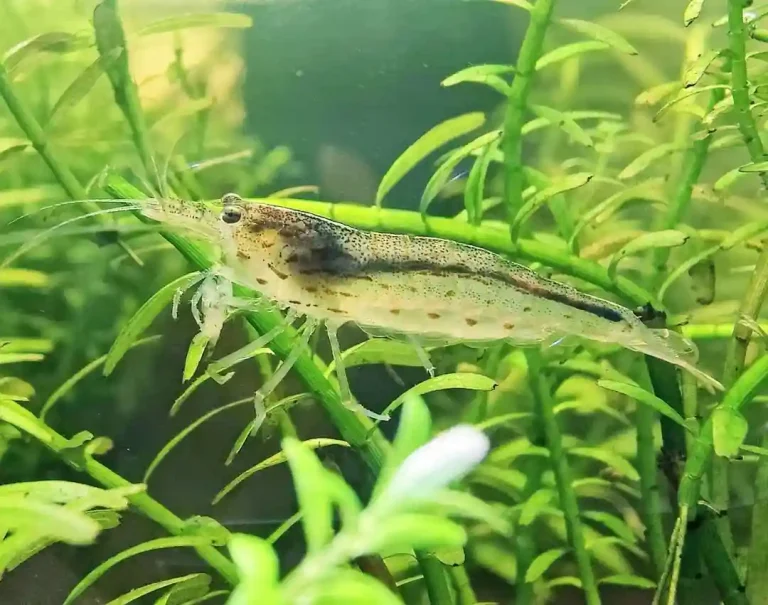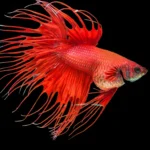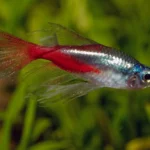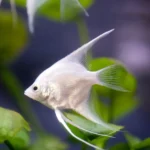Are you looking to add a splash of vibrant red to your aquarium? Crystal Red Shrimp might be the perfect choice for you! These eye-catching little creatures aren’t just beautiful they’re fascinating to watch and relatively simple to care for once you understand their needs.
In this complete guide, we’ll walk through everything you need to know about keeping Crystal Red Shrimp healthy and happy. From tank setup to breeding tips, you’ll find practical advice that works for both beginners and experienced shrimp keepers.
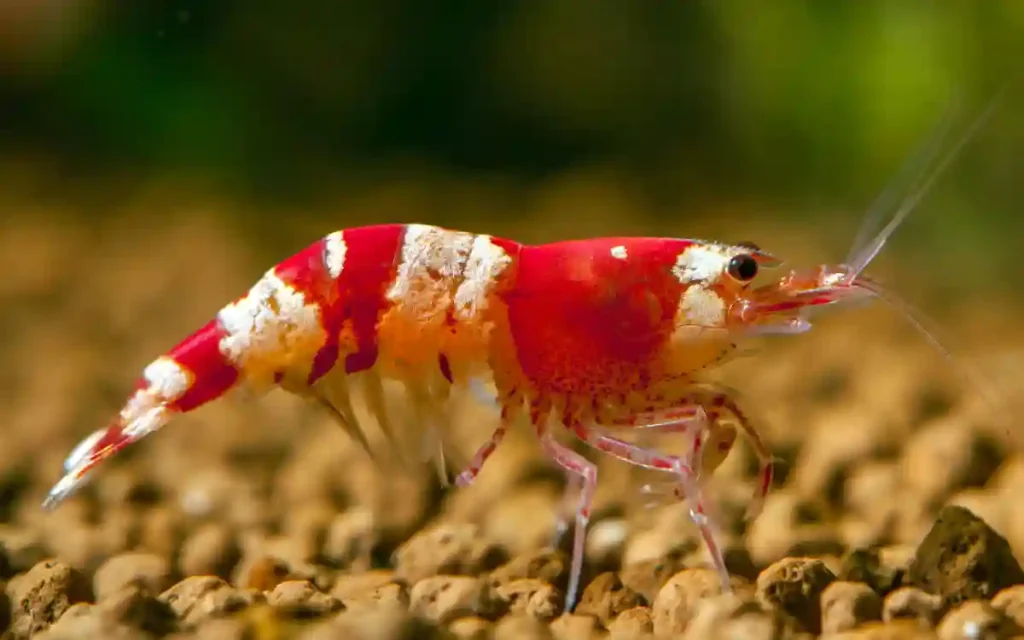
What Are Crystal Red Shrimp?
Crystal Red Shrimp (Caridina cf. cantonensis) are small freshwater shrimp known for their striking white and red coloration. Originally bred from wild Bee Shrimp in Japan, they’ve become incredibly popular in the aquarium hobby worldwide.
These shrimp typically grow to about 1-1.5 inches in length and can live for 1-2 years with proper care. What makes them special is their clear grading system based on color intensity and pattern—ranging from lower grades (A-C) with less defined patterns to premium grades (S, SS, SSS) with bold, crisp coloration.
Perfect Water Conditions for Crystal Red Shrimp
Crystal Red Shrimp need specific water parameters to thrive. These aren’t your average, hardy shrimp—they require attention to detail when it comes to water quality.
| Parameter | Ideal Range | Why It Matters |
| Temperature | 62-76°F (16.5-24.5°C) | Lower temperatures support better coloration and longer lifespan |
| pH | 5.8-7.4 (6.4-6.8 optimal) | Slightly acidic water mimics their natural habitat |
| GH | 4-6 dGH | Controls molting process and shell development |
| KH | 0-4 dKH | Lower carbonate hardness keeps pH stable but low |
| TDS | 100-200 ppm | Total Dissolved Solids affect osmotic regulation |
| Ammonia/Nitrite | 0 ppm | Any detectable amount is toxic |
| Nitrate | <10 ppm | Keep as low as possible for best results |
Key tip: Stability is more important than hitting exact numbers. Crystal Red Shrimp can adapt to slightly different parameters if they remain consistent. Sudden changes can quickly lead to stress and death.
Water Testing and Maintenance
You’ll need reliable test kits for pH, GH and KH, TDS (Total Dissolved Solids), and ammonia, nitrite, and nitrate levels. Test your water weekly when first setting up your tank, then once you’ve established stability, you can reduce to bi-weekly testing.
For many shrimp keepers, using remineralized RO (reverse osmosis) or distilled water is the best approach. This gives you complete control over water parameters by starting with a blank slate.
Setting Up the Perfect Crystal Red Shrimp Tank
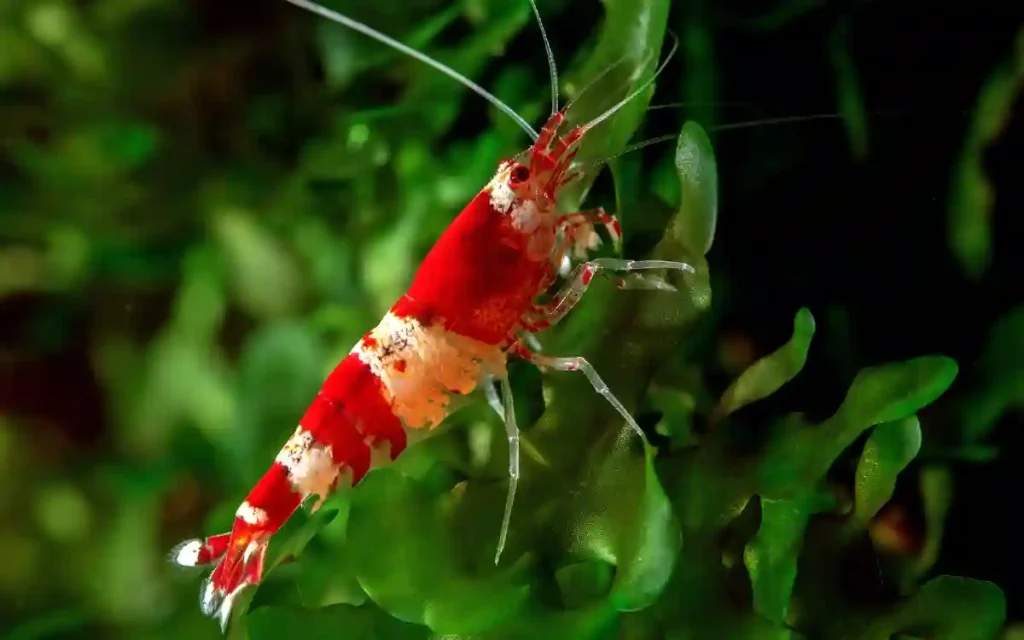
Tank Size and Layout
While Crystal Red Shrimp don’t need massive tanks, bigger is always better for maintaining stable water parameters. A minimum size of 5 gallons works, but 10+ gallons is recommended, especially for beginners. Longer tanks provide more surface area for grazing.
A natural-looking layout with plenty of hiding spaces works best. Shrimp love to climb and explore, so creating different levels in your aquascape will keep them active and visible.
Filtration System
Sponge filters are the gold standard for shrimp tanks for several reasons:
- Gentle water flow that won’t stress your shrimp
- No risk of sucking up baby shrimp
- Creates additional surface area for beneficial bacteria and biofilm
- Adds oxygen to the water
If you prefer a hang-on-back or canister filter, be sure to cover the intake with a fine sponge to prevent accidents.
Substrate Options
Your choice of substrate is crucial for Crystal Red Shrimp success. Specialized active shrimp substrates like Fluval Stratum, ADA Amazonia, or Brightwell Aquatics FlorinVolcanit work best. Dark substrates make colors pop more, and active substrates help maintain slightly acidic pH.
Avoid regular gravel (doesn’t support plant growth or help with water chemistry) and calcium-rich substrates (will raise hardness beyond ideal levels). A substrate depth of 1.5-2 inches provides ample space for beneficial bacteria and plant roots.
Plants and Decorations
Live plants are almost essential for a Crystal Red Shrimp tank. They improve water quality, provide grazing surfaces for biofilm, create hiding spots for molting and young shrimp, and add visual interest to your tank.
Best plant choices include mosses (Java moss, Christmas moss, flame moss), easy stem plants (Anubias, Bucephalandra, Java fern), carpeting plants (Dwarf hairgrass, moss carpets), and floating plants (Salvinia, frogbit, red root floaters) that help reduce light intensity.
Add driftwood, dried leaves (like Indian almond leaves), and smooth stones to create more surfaces for biofilm growth and hiding spots.
Lighting Setup
Moderate lighting works best for Crystal Red Shrimp tanks—6-8 hours daily, not too intense to prevent excessive algae growth, but strong enough to support plant growth. A timer helps maintain a consistent light schedule, which contributes to overall tank stability.
Feeding Your Crystal Red Shrimp
Crystal Red Shrimp are not picky eaters, but a varied diet supports their health, coloration, and breeding.
Natural Diet Components
In a well-established tank, your shrimp will constantly graze on biofilm on surfaces, algae, microorganisms, and plant matter.
Supplemental Foods
Even with natural food sources, you should provide supplemental foods 2-3 times per week. Commercial options include specialized shrimp pellets or powders, algae wafers, and mineral supplements for molting. Fresh foods like blanched vegetables (zucchini, spinach, kale, carrots), organic leaves (mulberry, oak, Indian almond), and occasional protein treats (small amounts of bloodworms or daphnia) also work well.
For feeding, use a small feeding dish to keep food contained, remove uneaten food after 2-3 hours, start with tiny portions—a single small pellet or wafer quarter is enough for 10-15 shrimp, and watch for shrimp activity during feeding to gauge appropriate amounts.
Choosing Compatible Tank Mates

Crystal Red Shrimp are peaceful and relatively small, making them vulnerable to many common aquarium fish. The safest approach is a species-only tank, but if you want a community setup, choose carefully.
Good tank mates include other dwarf shrimp (Caridina species like Blue Bolt or Tiger Shrimp), small, peaceful snails (Nerite, Ramshorn, Malaysian Trumpet), and tiny, non-aggressive fish like Otocinclus catfish.
Possible tank mates (with caution) include Microrasboras (like Chili Rasboras), small tetras (Ember Tetras), and Pygmy Corydoras.
Never mix Crystal Red Shrimp with Bettas, larger tetras, cichlids, loaches, crayfish, or most common community fish. Remember that even small fish may snack on baby shrimp, so if breeding is your goal, a species-only tank is best.
Breeding Crystal Red Shrimp
One of the most rewarding aspects of keeping Crystal Red Shrimp is watching your colony grow through breeding. With the right conditions, they’ll reproduce naturally without much intervention.
Identifying Males vs. Females
Females are larger overall with rounder, deeper abdomens, more intense coloration, and a visible “saddle” (yellowish area behind head when carrying unfertilized eggs). Males are smaller and slimmer with a less curved abdomen and often slightly less colorful.
The Breeding Process
The breeding process follows these steps:
- Mating: When ready to breed, females release pheromones that attract males. After mating, females carry fertilized eggs under their tails.
- Berried Stage: A “berried” female carries 10-30 tiny eggs attached to her swimmerets for about 30 days. The eggs look like small round berries, starting yellowish and becoming darker and more transparent as they develop.
- Hatching: Baby shrimp emerge as tiny versions of adults, about 1-2mm long. They immediately begin foraging for microorganisms and biofilm.
- Growth: Young shrimp will molt frequently as they grow, reaching adult size in 2-3 months.
Tips for Successful Breeding
For successful breeding, maintain stable water parameters—even small fluctuations can cause females to drop eggs. Provide plenty of hiding spots for berried females and babies, and keep a mature, biofilm-rich tank with established plants. Feed a varied diet with occasional protein supplements before breeding, avoid major tank maintenance when females are berried, and consider using a pre-filter sponge on any filter intakes.
Common Problems and Solutions
Even with the best care, Crystal Red Shrimp keepers sometimes face challenges. Here’s how to address common issues:
Failed Molts
If shrimp appear stuck in old shell or die during molting process, it’s likely due to incorrect GH levels or poor diet. Solutions include adjusting water hardness (GH 4-6), adding mineral supplements designed for shrimp, and providing foods rich in calcium and iodine.
Sudden Deaths
When shrimp die without obvious symptoms, test all parameters immediately, check for any new decorations that might leach chemicals, verify that none of your products (fertilizers, medications) contain copper, and perform careful water changes with properly prepared water.
Color Loss
Fading from bright red to pink or transparent can be addressed by checking and adjusting water parameters, providing a varied diet with color-enhancing foods, and selective breeding (remove less colorful individuals from breeding colony).
Bacterial Infections
Signs include cloudy body tissue and lethargy. Improve water cleanliness, remove affected individuals to prevent spread, and treat with shrimp-safe medications if necessary.
Daily and Weekly Maintenance Schedule
Consistent care is key to Crystal Red Shrimp success. Here’s a simple schedule to follow:
Daily tasks:
- Quick visual inspection of shrimp behavior and appearance
- Check temperature
- Make sure filter is working properly
- Feed (if scheduled for that day)
- Remove any dead plant matter or obvious debris
Weekly tasks:
- Test water parameters
- 10-20% water change with properly prepared water
- Rinse filter media in old tank water if needed
- Trim plants as necessary
- Check for berried females or new babies
Monthly tasks:
- Deep substrate cleaning with a turkey baster (gentle, partial)
- Inspect equipment for any issues
- Evaluate colony size and consider culling or selling excess shrimp
Advanced Tips for Experienced Shrimp Keepers
Once you’ve mastered the basics, you might want to try selective breeding to track lineage and selectively breed for specific patterns or color intensity. Creating custom mineralized water lets you mix your own remineralization recipes for perfect parameters. You can also work on planted tank integration to balance a heavily planted aquascape with shrimp needs, and develop strategies for healthy genetic diversity in long-term colonies.
Final Thoughts
Crystal Red Shrimp make a stunning addition to the home aquarium, but they do require more attention than some other aquarium inhabitants. Before starting your shrimp journey, make sure you’re ready for regular water testing and maintenance, potentially using specialized water (RO or distilled with remineralizers), patience during the tank cycling process (4-6 weeks minimum), careful acclimation of new shrimp, and consistent feeding and observation.
If you can provide these basics, you’ll be rewarded with a fascinating, beautiful, and potentially self-sustaining colony of these jewel-like creatures.
Crystal Red Shrimp keeping is both science and art—finding the perfect balance in your unique tank takes time and observation. Start with quality stock, provide stable conditions, and enjoy watching these little red and white gems bring life to your aquarium!

